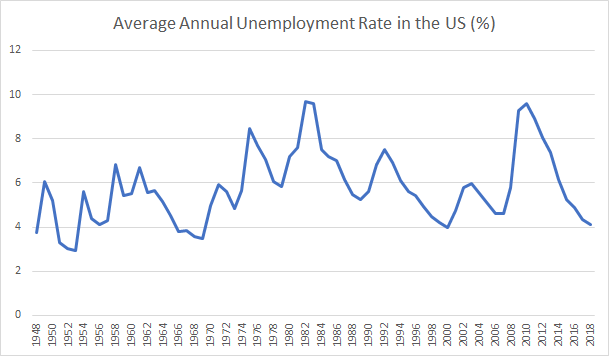Everything by design is kind of complicated. And because it is complicated it is inefficient. But inefficiency keeps people in jobs. Let us explain.
Education is form of an inefficiency. Just 20% of people go on to a role that requires their knowledge from college or university education. But keeping more people in education keeps them out of the job market.
Government regulations change so often that it inherently creates several roles. The law is complicated and inefficient, but it keeps many people in a job and creates new jobs.
New technologies become a trend and all big organizations want to keep up with the trend. The result? More jobs for new stuff. And new stuff brings with it new experts, new certifications and new training.
Take planned obsolescence in the electronics industry – they design a product with an artificially limited useful life, so it will become obsolete or unfashionable or no longer functional after a certain period of time. Just another form of inefficiency.
Anyway, why are we talking about this? Unemployment in many parts of the world (take the US and the UK as examples) has hit multi year lows. Is this real growth or inefficiency? Well both. But the main thing to note is that unemployment has always hit record multi year lows on an average 6 to 12 months before the start of a recession.

And why is that? Well, a good business cycle brings in optimism, optimism brings in inefficiency (and new jobs) and that keeps unemployment low. And then the business cycle comes to an end and a new cycle begins. History repeats itself because we don’t pay enough attention to it when it takes place.